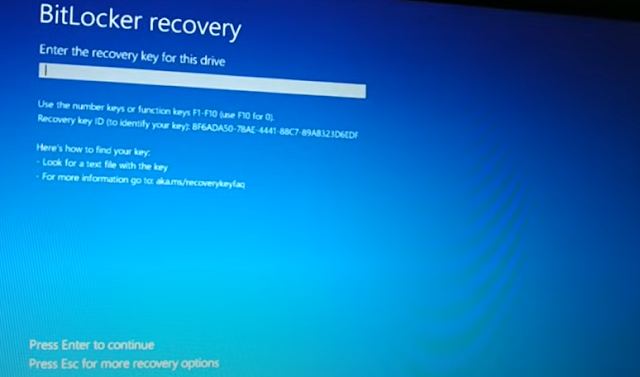Forgot bit locker pin, forgot bit locker recovery key, 5 Easy ways to fix


The "Get-EventLog" command is a built-in cmdlet in Windows PowerShell that retrieves events and event logs from the local computer or a remote computer.
The syntax of the "Get-EventLog" command is: Get-EventLog [-LogName] <string> [-After <datetime>] [-Before <datetime>] [-InstanceId <int[]>] [-EntryType {Error | Information | FailureAudit | SuccessAudit | Warning}] [-Source <string[]>] [-Message <string>] [-Newest <int>] [-ComputerName <string[]>] [<CommonParameters>]
Where:
For example, to retrieve the 50 most recent events from the "Application" event log, you would enter: Get-EventLog -LogName Application -Newest 50
To retrieve all events from the "System" event log that occurred between January 1, 2022 and February 28, 2022, you would enter: Get-EventLog -LogName System -After "01/01/2022" -Before "02/28/2022"
The "Get-EventLog" command can be useful for troubleshooting and analyzing system and application issues on Windows computers. "Get-EventLog" command has been superseded by the "Get-WinEvent" command in PowerShell version 2.0 and later. The "Get-WinEvent" command provides additional functionality and performance improvements over the "Get-EventLog" command.